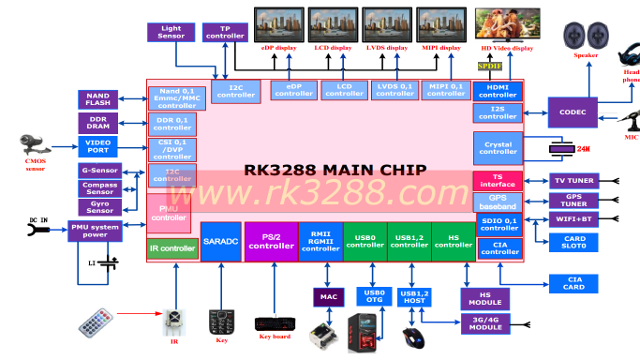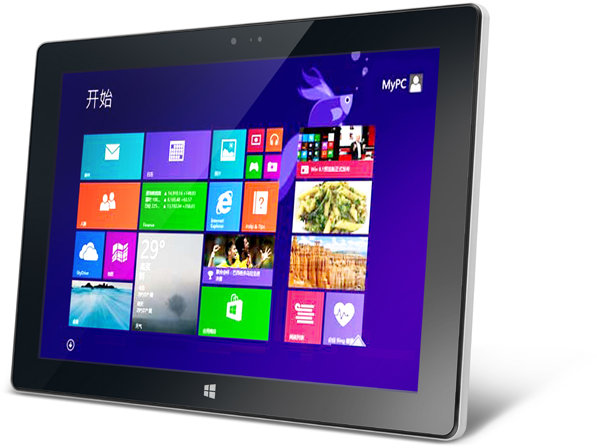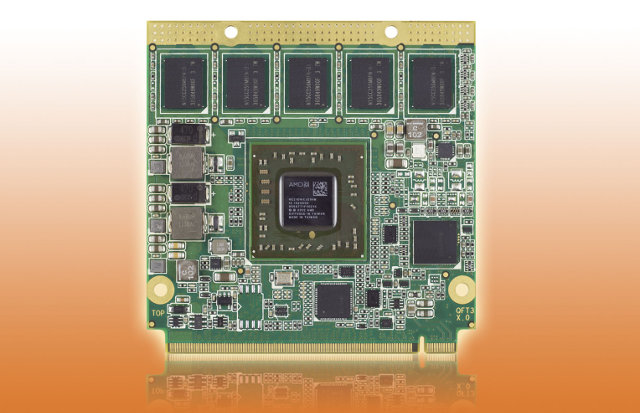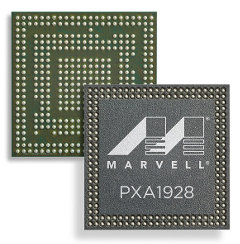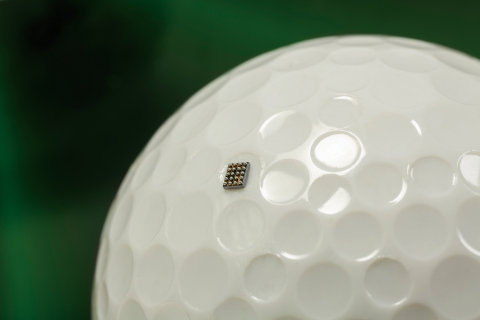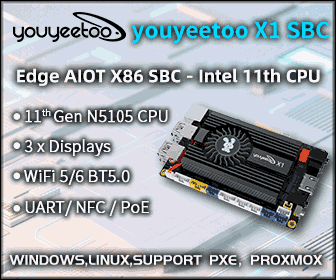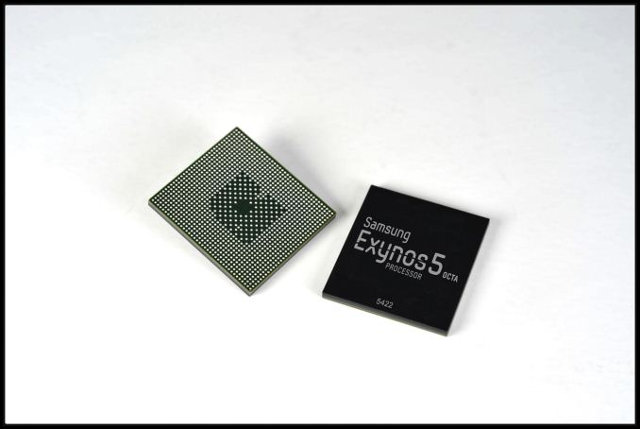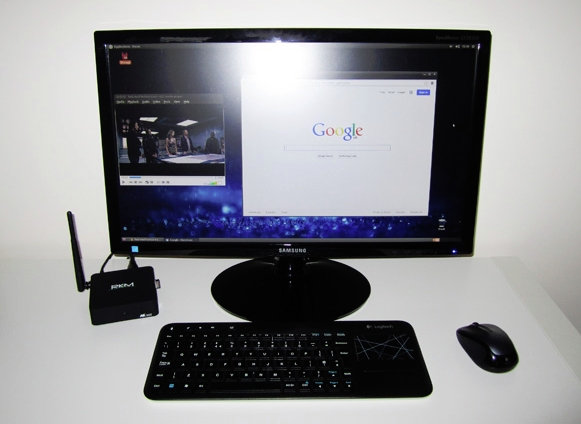Somebody working for a Chinese manufacturer informed me Rockchip RK3288 specifications have been released on rk3288.com. We’ve already known the application processor was based on a quad core Cortex A17 processor with a Mali-T76X GPU, but this website provides some more details which appears to have been taken from RK3288 technical reference manual. I can’t confirm the source nor the accuracy of the data, but I doubt somebody would have just put up something with detailed fake information. They mention RK3288 is an application processor destined to be used in high-end tablets, notebooks, all-in-one devices, smart monitors and TV Boxes, and that it features 4Kx2K support.. Let’s have a look at the details. CPU Quad-Core Cortex-A17 Separately Integrated Neon and FPU per CPU 32KB/32KB L1 ICache/DCache per CPU Unified 1MB L2 Cache LPAE (Large Physical Address Extensions), support up to 8GB address space Virtualization Extensions Support DVFS support 3D GPU […]
DIY Farm & Garden Automation with Arduino and APDuino Project
You would like to start to grow your own vegetables but you don’t really have enough place and/or time to take care of your garden. No problem! Just go vertical and automate your garden with an Arduino Mega, an Ethernet shield, and lots sensors and valves. That’s basically what Rik Kretzinger, who grew up on a Christmas tree farm, and has a major in horticulture, has done at his home. This whole system use a farming technique called aquaponics, mixing aquaculture (raising fish in tanks) and hydroponics (cultivating plants in water), and except planting and harvest, is mostly automatized. The hard part is to set it up. The firmware is based on APduino “Internet-of-growing” open source project that runs on Arduino Mega to gather data from sensors (humidity, temperature, pH, light…) and control the valve. Rik’s system also upload data automatically to Xively cloud so that he can monitor his […]
Livefan F3C Intel Baytrail-T Z3740D Tablet Running Windows 8.1 or “MS-DOS” Sells for $324 and Up
It’s now pretty difficult to find an Intel Bay Trail Z3740 or Z3770 running anything else than Windows 8.x, and even if you just want to try running a Linux distribution or Android on the device, you’d still have to pay around $60 for the Windows license. There’s now a solution thanks to Geekbuying which sells Live F3C tablet with Windows 8.1 for $382.99, and with “MS-DOS”, probably FreeDOS, for just $323.99. Livefan F3C specifications: SoC – Intel Baytrail-T Z3740D quad core processor @ 1.33 GHz (Turbo freq. : 1.8GHz) System Memory – 2GB DDR3 Storage – 32 GB NAND Flash + microSD card slot Display – 10.1″ IPS Capacitive touch screen (1280×800) Video Output – mini HDMI Audio – Built in stereo speakers and microphone. 3.5 mm earphone jack Camera – Dual Camera, 2.0MP+2.0MP Connectivity – Wi-Fi 802.11 b/g/n, and Bluetooth 4.0. 3G via USB dongle. USB – […]
Congatec Announces Low Power x86 SoMs based on AMD G-Series and Intel Atom E3800 SoCs
Congatec has announced two new low power x86 computer modules for embedded systems: Qseven modules based on AMD G-Series GX-210HA, GX-209HA and GX-210JA (6 to 9W TDP), and COM Express modules powered by Intel Atom “Bay Trail-I” E3800 series SoC (5 to 10W TDP), a well as Celeron N2930. conga-QG Qseven SoM Powered by AMD G-Series SoCs Congatec conga-QG Qseven modules specifications: SoC AMD Embedded GX-210HA (2 x 1.0 GHz, L2 cache 1MB, 9 W) with AMD Radeon HD 8210E Graphics AMD Embedded GX-210JA (2 x 1.0 GHz, , 6W) with AMD Radeon HD 8180E Graphics AMD Embedded GX-209HA (2 x 1.0GHz, , 9W) with AMD Radeon HD 8180E Graphics System Memory – max. 8GB ECC with up to DDR3L-1333. 2GB by default Storage – Silicon Motion FerriSSD up to 64G Connectivity – Gigabit Ethernet I/O Interfaces Up to 4 x PCI Express 2.0 2 x SATA 2.0 3Gb/s 1 […]
Marvell ARMADA Mobile PXA1928 SoC Features Four Cortex A53 Cores, Vivante GC5000 GPU, and LTE
So here we are with another 64-bit ARM SoC for mobile device thanks to Marvell ARMADA Mobile PXA1928 with four ARM Cortex A53 cores, Vivante GC5000 GPU, and a 5-mode modem with LTE TDD/FDD, HSPA+, TD-HSPA+, and EDGE. The SoC will be used in conjunction with the company’s Avastar 88W8887 802.11ac Wi-Fi + Bluetooth 4.0 + FM + Near Field Communication (NFC) single chip solution, as well as 88L2000 Global Navigation Satellite System (GNSS) hybrid location processor, and the new 88NV1088 eMMC 5.0 NAND Flash controller. Key features of Marvell ARMADA Mobile PXA1928 include: 5-Mode Cellular Modem Solution for LTE Cat 4, UMTS Release 7, TD-HSPA+ Release 8, and class 12 GSM/EDGE, and supports multi-radio, CSFB, and VoLTE voice solutions for LTE networks 3G/4G protocol stacks certified on major carrier networks and validated via extensive IOT, GCF and field trial testing Quad-core ARM Cortex A53MP Application Processor Subsystem Support for […]
Meet Freescale Kinetis KL03, the Smallest Ever ARM MCU
Last year at Embedded World 2013, Freescale announced Kinetis KL02, an ARM Cortex M0+ MCU measuring just 1.9 x 2.0mm. Customer must have complained that it’s not small enough, as the company has just unveiled Kinetis KL03 MCU, 15% smaller or 1.6 x 2.0 mm, at Embedded World 2014. Just like its predecessor KL03 targets space-constraint IoT applications such as ingestible healthcare sensing, portable consumer devices, remote sensing nodes, and wearable devices. Kinetis KL03 MCU features include: 48 MHz ARM Cortex-M0+ core, 1.71-3.6V operation Bit manipulation engine for faster, more code-efficient handling of peripheral registers 8 to 32 KB flash memory, 2 KB RAM, 8K ROM with on-chip boot loader High-speed 12-bit ADC Internal voltage reference for high ADC accuracy High-speed analog comparator Up to 22 GPIOs with pin interrupt support Low-power UART, SPI, I2C (high speed) Low power wake up Secure real time clock Timers for a broad range of […]
Samsung Unveils Exynos 5 Octa 5422 and Exynos 5 Hexa 5260 SoCs
As expected, Samsung announced the Exynos 5 Hexa 5260 hexa-core processor and, the not-quite-expected Exynos 5 Octa 5422 octa-core processor at Mobile World Congress, both of which feature ARM’s big.LITTLE processing technology, and ARM Mali-T628 GPU. Still no news about their 64-bit processor. Exynos 5260 will feature two ARM Cortex A15 cores up to 1.7GHz, and four Cortex A7 cores up to 1.3GHz, with full support for HMP/GTS. Contrary to initial reports the new processor is not based on Mali-T624 (as shown in Antutu), but according to Samsung Exynos 5 Hexa page, it will instead use Mali-T628 just like in Exynos 5420 and 5422. This processor could end up with the best price/power consumption/peak performance combo, as few application are able to use more than 2 cores. The SoC also features an embedded Display Port (eDP) interface, and with a memory bandwidth up to 12.8GB/s, supports supports WQXGA (2560×1600) resolution. […]
Rikomagic MK902 LE (Linux Edition) mini PC Comes Preloaded with PicUntu 4.5
Rikomagic has been selling MK802III LE and MK802IV LE dual and quad core HDMI TV sticks based on RK3066 and RK3188 running Linux (PicUntu) for a little over half a year. The company has now announced a full size box with MK902 LE powered by Rockchip RK3188 with 2GB RAM and up to 16 GB Flash. The specifications appear to be the same as MK902 Android TV box: SoC – Rockchip RK3188 quad core ARM Cortex-A9 processor with Mali-400MP4 System Memory – 2GB RAM Storage – 8GB or 16GB NAND Flash + microSD slot up to 32GB Video Output – HDMI, AV out Audio – HDMI, AV, optical S/PDIF Connectivity – 802.11n WiFi, 10/100M Ethernet Camera – 5MP USB – 4x USB host ports The device is sold with HDMI and AV cables, a power adapter, and a user’s manual. The 8GB version costs £94.99 (~$158), and the 16GB version […]


